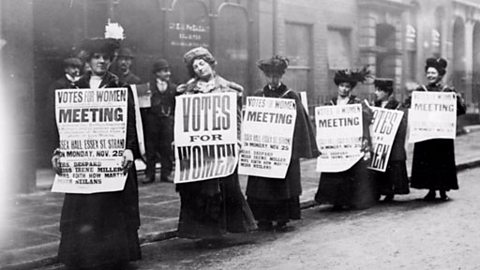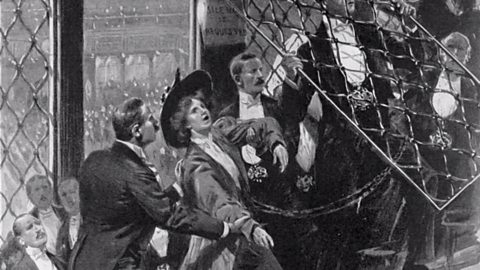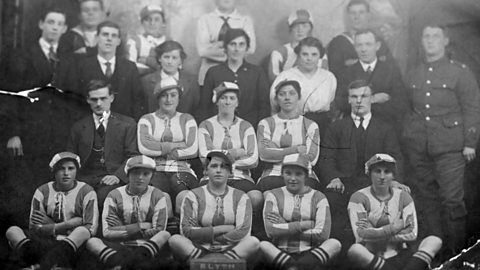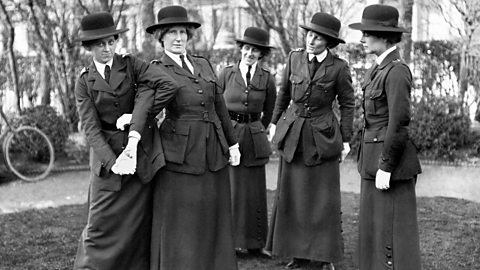Video summary
Kate Adie explores the change of attitude in women when war arrived on the home front in December 1914, killing scores of civilians in Scarborough and Hartlepool.
They took this opportunity to do something useful and gain independence.
The aristocracy were first into action and a variety of organisations were formed sending women to France as ambulance drivers or doing skilled training, though most did cooking, cleaning and errands.
Kate talks about the women's honorary colonel Evelina Haverfield, a determined suffragette veteran and the roles the working class women took on to fill the gaps of the men away fighting.
Teacher Notes
Students could look at the different roles women took on and how they would go about forming a voluntary organisation.
What factors need to be considered?
What resources, skills etc. are required?
They could then look at how this compares to today and how attitudes have changed.
This clip will be relevant for teaching History at KS3, KS4/GCSE, in England and Wales and Northern Ireland.
Also at Third Level, Fourth Level, National 4 and National 5 in Scotland.
This topic appears in OCR, Edexcel, AQA, WJEC, CCEA GCSE and SQA.
How the suffragette movement changed at the start of WW1. video
Kate Adie examines how the suffragette movement shifted focus at the outbreak of World War One.

How the first women gained the right to vote in 1918. video
Kate Adie discovers how the Representation Act gave some women the right to vote at the end of Word War One.

How women's football thrived in World War One. video
Kate Adie explains how women's football teams, such as The Blyth Spartans and star player Bella Raey, thrived in WW1.

Women in medicine and health in World War One. video
Kate Adie explains how women staffed the medical services and broke down social attitudes during WW1.

The rise of the girls' night and the first women's police force in WW1. video
Kate Adie explains the story of Margaret Damer Dawson, the Women's Police Service and the rise of the girls' night out in WW1.

Ěý